Congratulations you have a new plant! But what sort of plant is it and how can you find out…?
- Check for a plant tag
Not all plant tags are created equal but plants bought from a decent shop should tell you both the common and scientific name.
- Use an internet image search
A little bit of plant vocab and google image search can be surprisingly effective.
- Plant websites
I’ve listed some good plant websites below to go for a visual identification.
- Plant identification apps
There are some handy apps but they are certainly are not infallible (but nor is any method)
- Check your books
Investing in some good plant books means not just a quick identification but full care instructions and tips too.
- Ask for help!
If you need an answer quickly or have hit a wall there are plenty of communities on the internet who will willingly help you.
- Double check your answer
Cross reference and double check your answer again! Sometimes pictures are misleading and sometimes people just get it wrong!
It may be from plant swap, a gift, a rescue or it was simply unlabelled at the shop. You may not be that bothered but knowing what it is will help you keep it alive and thriving.
Why it’s good to identify your plant…
Like pets there is not a one size fits all approach…..feed your dog rabbit food and he’ll soon keel over and vice versa! Plants have very specific needs and requirements. Those aren’t usually difficult to meet but if you don’t know what they are then you’ve not got much chance of meeting them!
Labelled plants – understanding plant tags
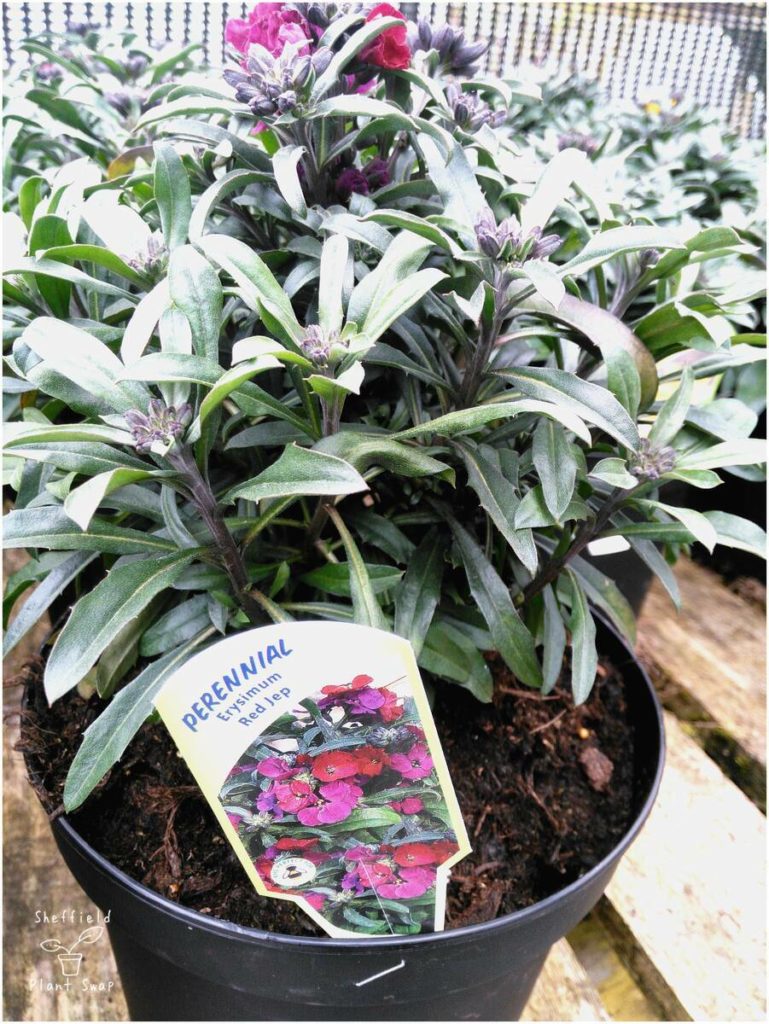
If you bought your plant from a garden centre or specialist seller then it should come with a name tag and care instructions. Even if the care instructions are so brief as to be useless then simply having a record of the proper scientific name lets you find a wealth of online information about where your plant is from, how to care for your plant, troubleshoot it’s problems and keep it thriving for many years.
Watch out though, not all plant tags will give the plant name so even with the plant tag you may need to do some more detective work to establish this. Ideally you are looking for a label that tells you the plant name including the scientific or Latin name.
The label below tells you this is a Star Jasmine and helpfully also gives the scientific name Trachelospermum jasminoides.
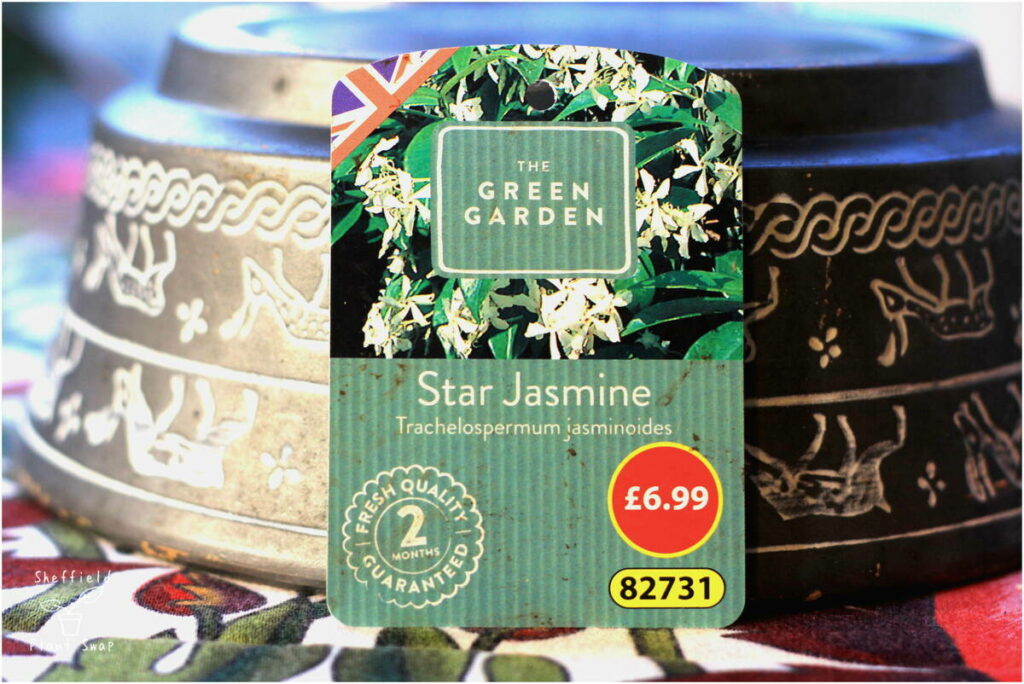
In contrast this sad example of a plant label describes the plant as ‘Foliage’ tells you nothing about what type of plant it is (and no it’s not on the back either!)
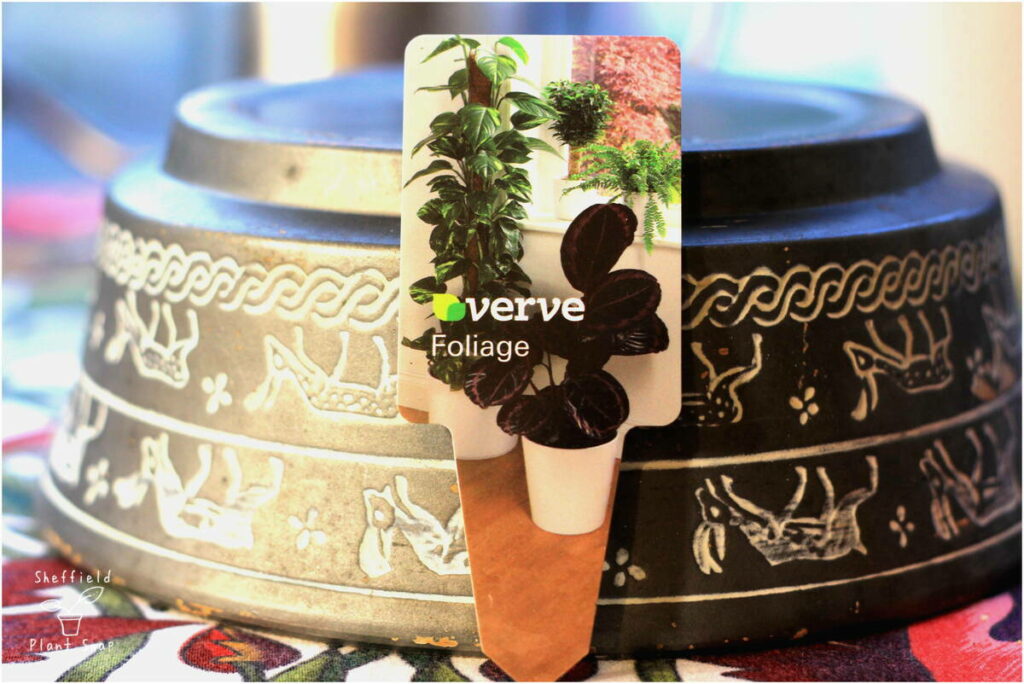
Not all plants have the same care requirements and since this came attached to a Calathea (one of the fussier house plants out there) this was spectacularly unhelpful label.
Sadly, this is all too common, I can’t tell you how many plants I have bought simply labelled ‘bathroom plant’ or succulent’!
DIY plant identification
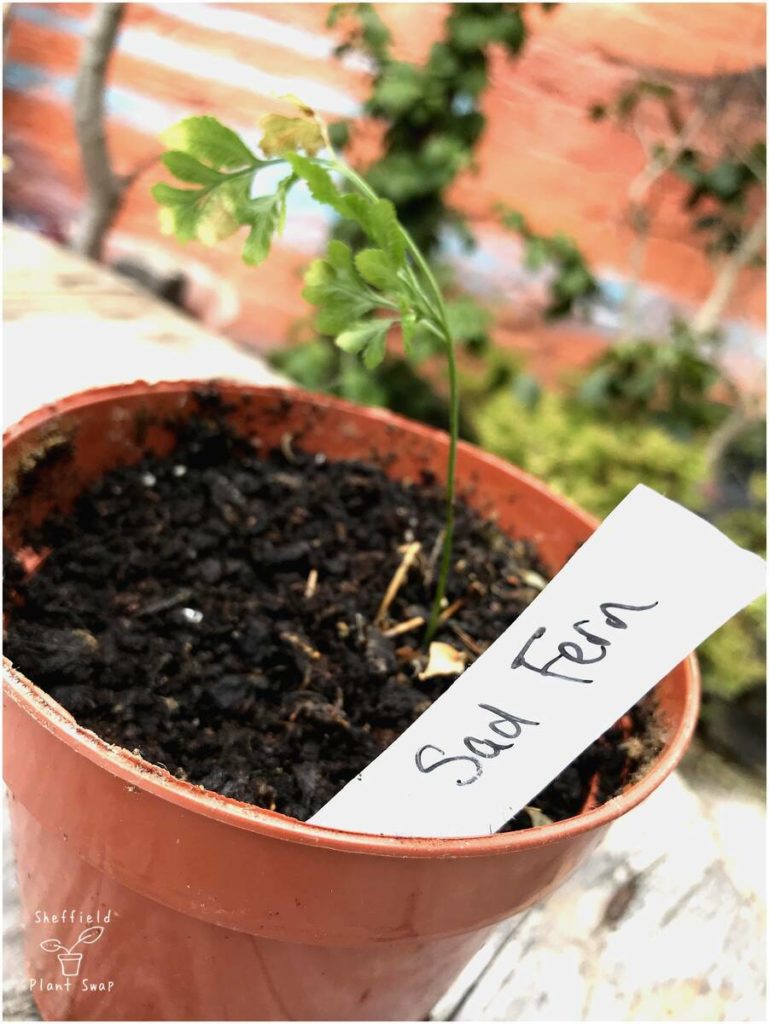
If you don’t know your cacti from your monstera then identification can be far from simple. Fortunately you are not alone and there is a wealth of information out there.
I like the detective work involved in identifying a plant and over the years it has definitely added to my plant knowledge and understanding. For example pothos (Epipremnum aureum) and heart-leaf philodendron (Philodendron hederaceum var. oxycardium) are frequently confused with each other. But then I stumbled across this little gem of a guide to telling the difference by Stamen and Stem, that makes it impossible to ever do that again.
Image searches
If you have a little bit of plant knowledge and vocabulary then internet searches are your friend – type in a description and search images to look for something similar.
It is particularly good if you know a plant that looks similar so you can use that as a starting place:
- ‘jade plant with wavy leaves’
- ‘like string of pearls but long thin leaves’
- ‘large houseplant with silver spots on leaves’
- ‘round leaves silver stripes’
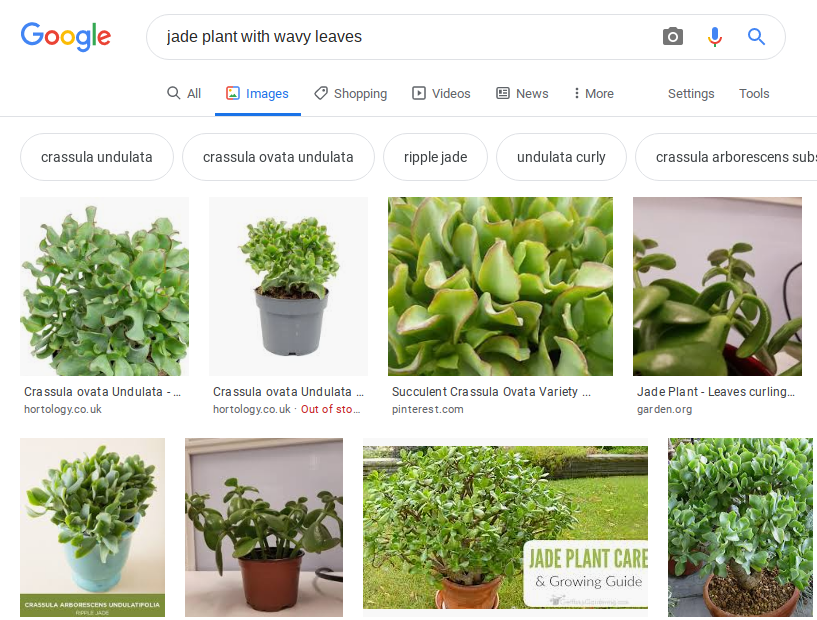
And then, refine and refine again. Adding the word houseplant can ensure that you don’t get lots of outdoor plants confusing the search.
Some key plant descriptors are:
- Leaf – Shape, size, colour, thickness, texture, variegation
- Habit – Bushy, trailing, creeping, vining
- Flowers – Colour, size, scent, petals
- Plant type – Succulent, cacti, foliage, flower
- Size – Compact, large, miniature
Plant websites
Another angle to approach this from is to look at a couple of the good plant identification sites and see if this gives you a handle on what it might be or at least narrow it down to what type of plant.
The PlantsAm page on indoor plants is a good first place to start as it includes pictures of many of the most common indoor plant and the photos are on one page so you scroll through to see if any look similar to your plant. Cacti and succulents have their own separate page.
Plant identification apps
There are some useful apps out there to help you identify plants but they can be a bit hit of miss and certainly are not infallible so always double check the result!
Good ones to try include:
Picture this, PlantNet and PlantSnap
There are an ever increasing number of plant apps out there so tell me what I’ve missed and which the best ones are best for house plants in your experience.
The old-fashioned way – books
I almost forgot to include this, not because I don’t use this method but because I was focused on quick wins. I really recommend investing in some good houseplant books. They can often be a great place to help you start identifying your plants and I seriously upped my houseplant knowledge and identification skills just by spending some time perusing them.
Dr Hessayon’s, The Houseplant Expert is the classic in this respect and available very cheaply secondhand. He also has a great follow up book called the The Indoor Plant Spotter, reviewed here by Sarah, which has a fantastic plant identification flow chart.
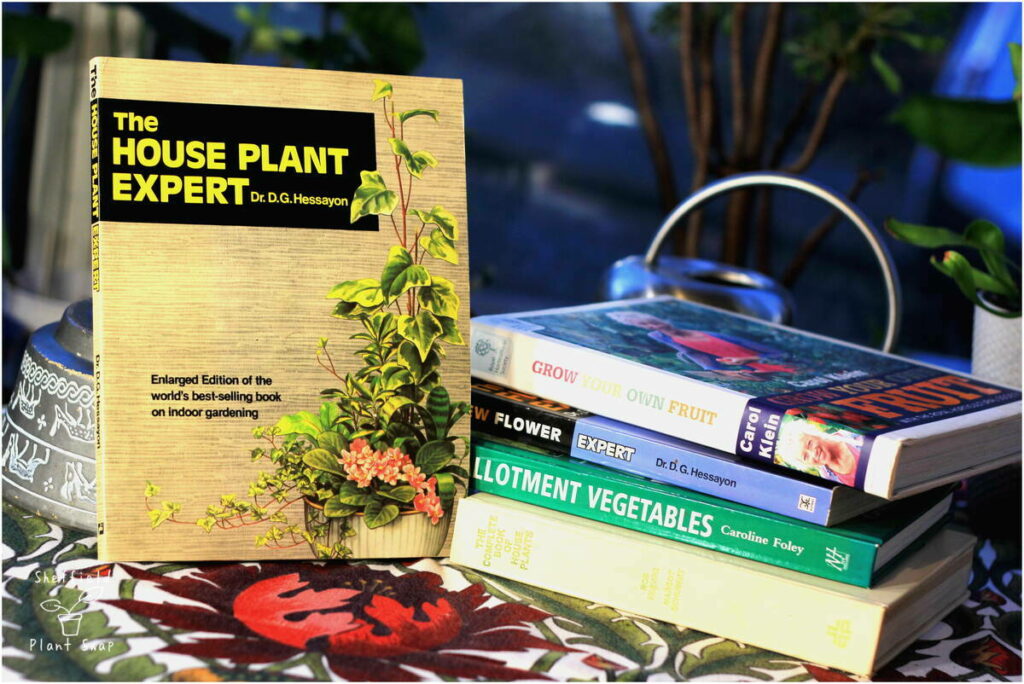
Ask for help identifying your house plant!
Sometimes you don’t have time to plunge into research and you just want an answer!
Forums and groups that will help you identify your plant
There are lots of experts happy to help you ID a plant and if you are struggling this is often a great way to get a quick plant ID from other knowledgeable plant people. In fact they’ll often go the whole mile and give you care tips and growing advice too. Take a couple of good pics of the whole plant and a closeup of the leaves and flowers as well as a short description and then upload it. Most forums, boards and sites usually have a set of posting rules so make sure you read these first and don’t spam them with your entire collection at once!
Here are some great places to ask for plant ID help:
Reddit: What’s this plant
Facebook: Plant identification and discussion
Facebook: Houseplant Hobbyist
Double check!
Once you get an initial answer, check that identification by searching the name of the plant you’ve been given, cross-checking images and making sure that you have it right. Sometimes plant photos can be misleading or juvenile forms that can look very different. Some times people on the internet are just wrong (who’d have thunk it!).
The house plant expert site has a very good plant A-Z of plants listed by both by common name and by scientific name to check against. Other times one common name is used for multiple plants so if someone says ‘money plant’, which plant do they actually mean?!
Using the universal scientific name avoids confusion and tells you some important information such as which plant family they belong to. The lowdown is that is that using the plants scientific name whilst searching for care instructions means that you can make doubly sure that you are getting the right instructions for your plant.
Still can’t identify your plant?
Wow, if you’ve run through all the steps above and still don’t have an answer that is a real stinker of a mystery plant. Do send it to us and we’ll give it a go at identifying it – we like a challenge!
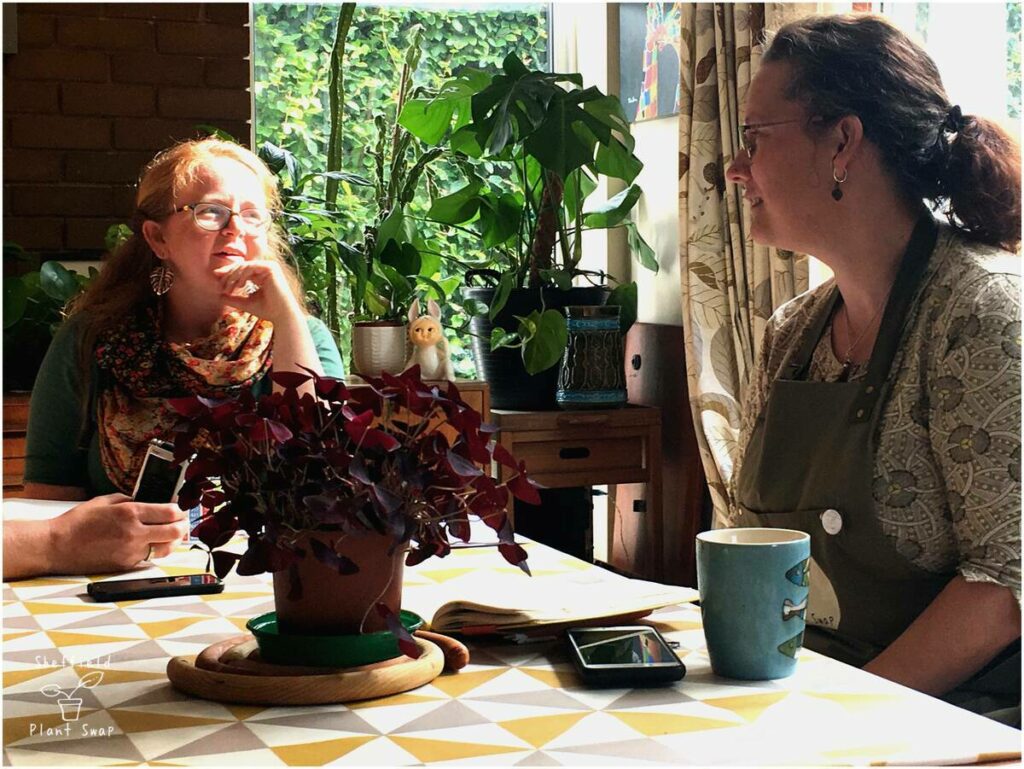
This post contains affiliate links. For more information see here!

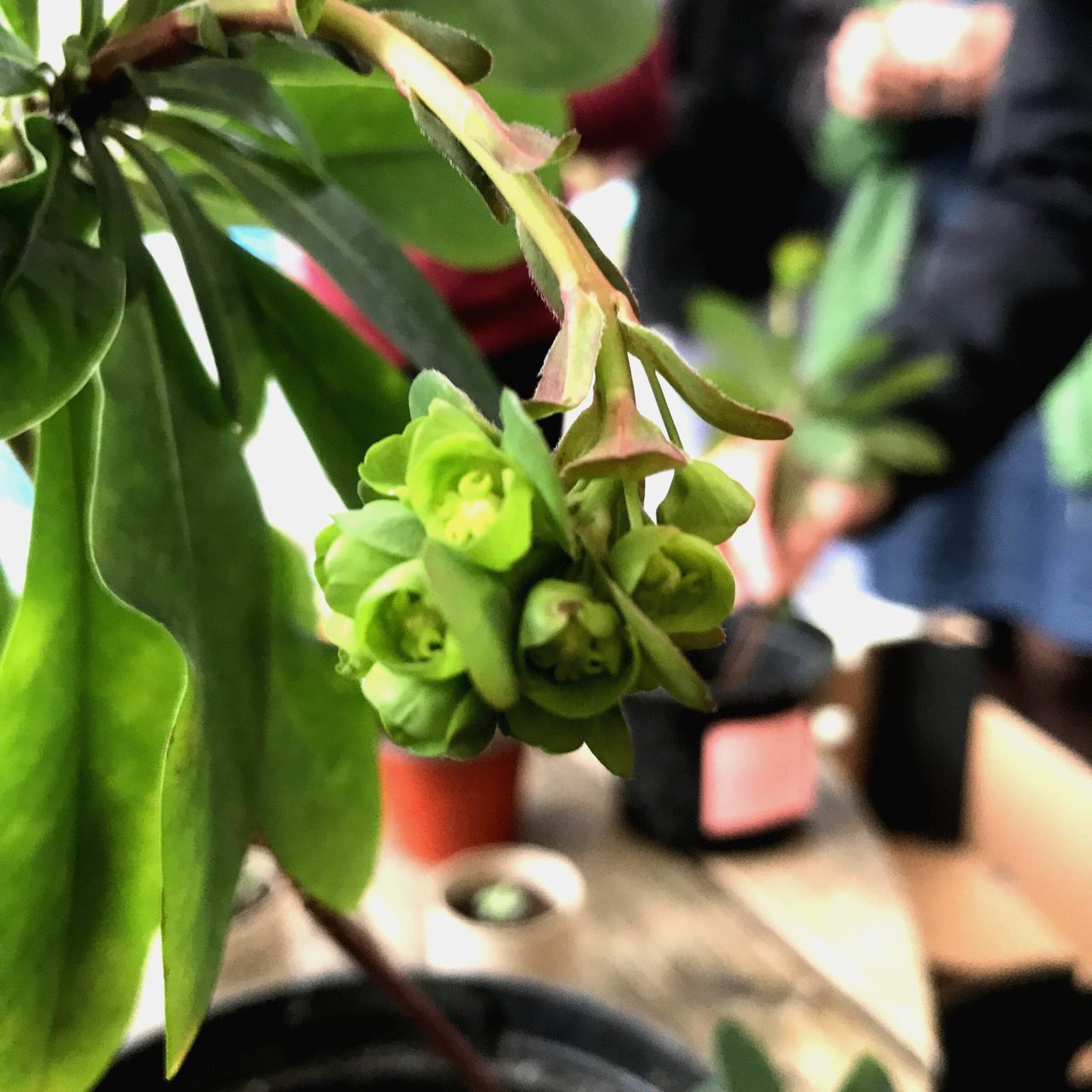
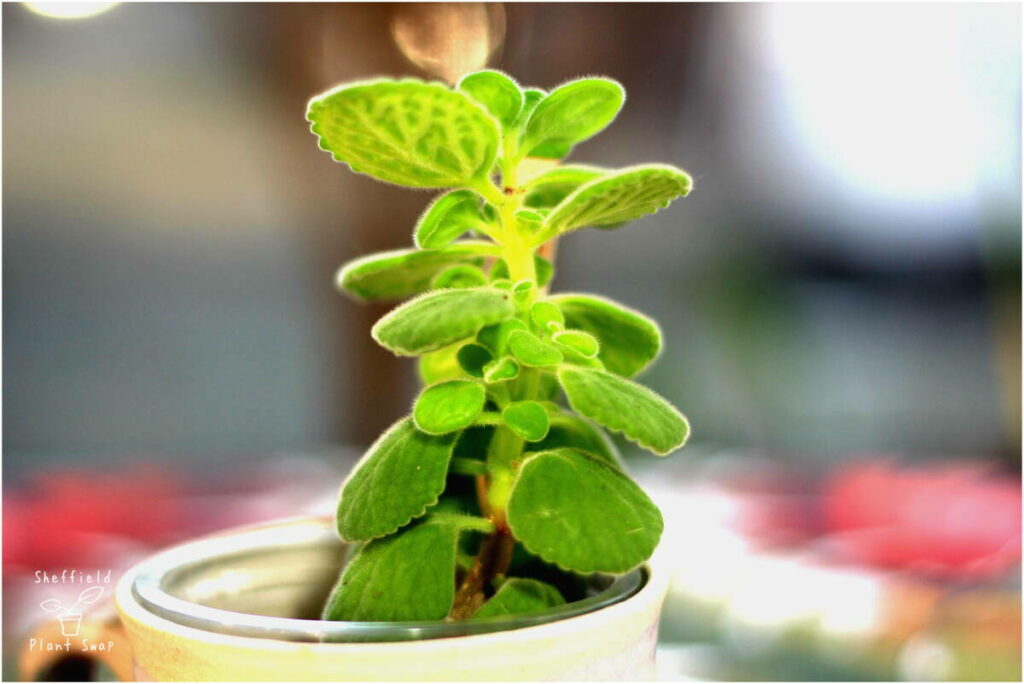
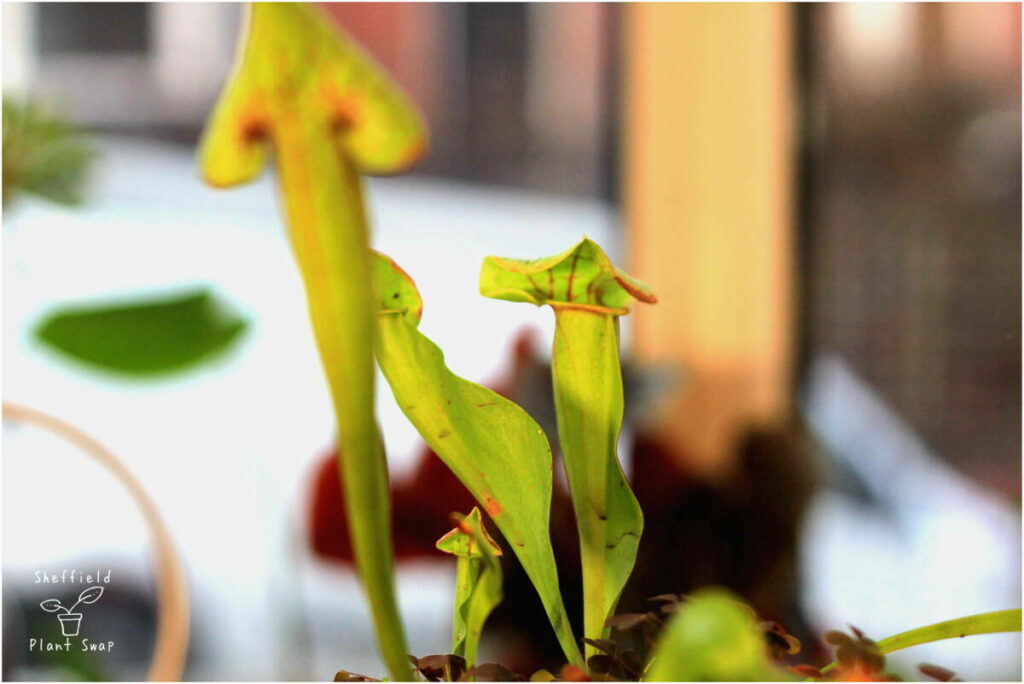
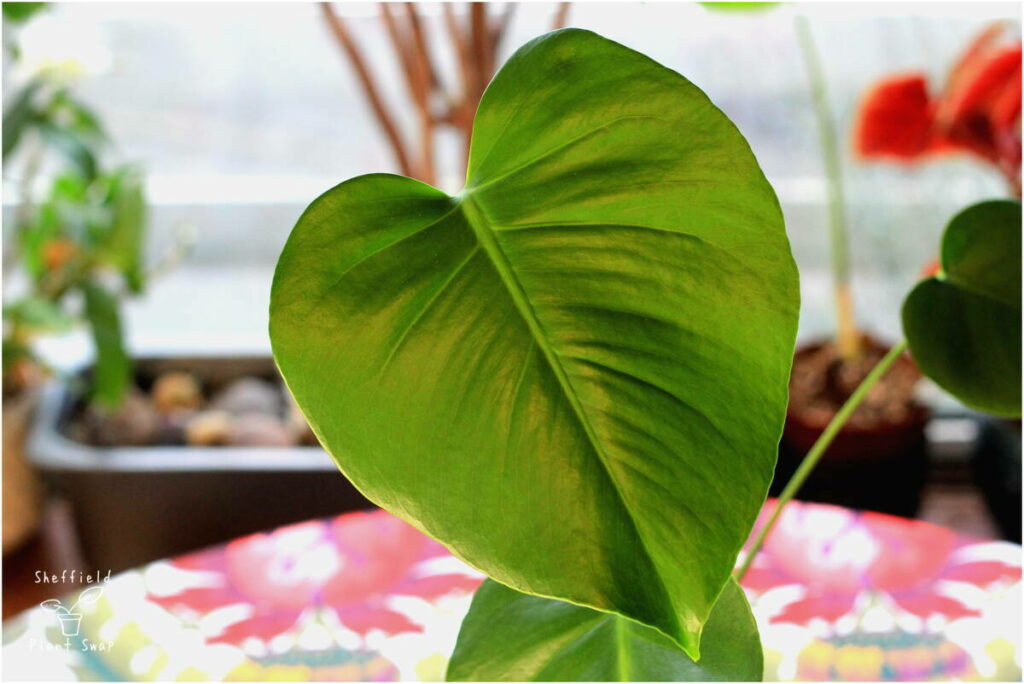
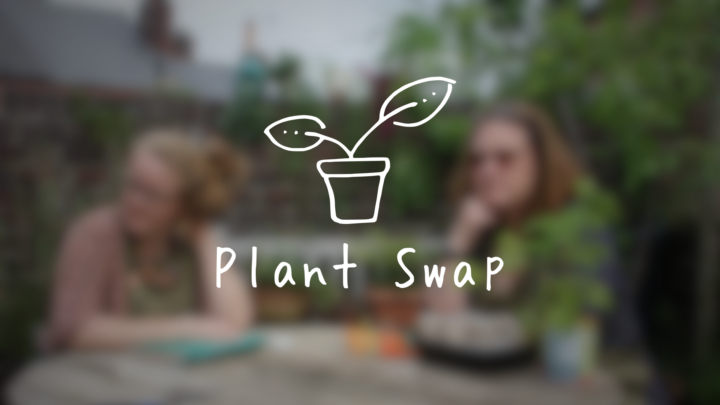
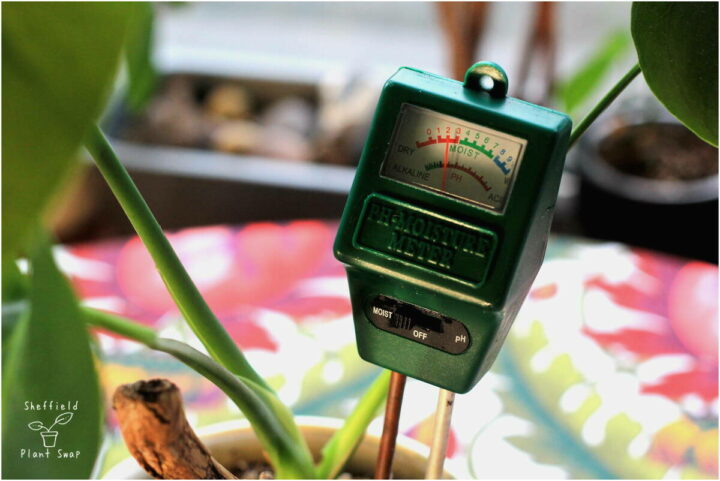


3 comments on “How to identify your plant – don’t let it be a mystery!”
Comments are closed.